Habenaria Willd.
water spider orchid
Orchidaceae
tropical and subtropical Americas
Habenaria repens Nutt. is occasionally offered as a pond plant.
none
not weedy
amphibiousamphibious:
(adj) of a plant able to live on land or in water
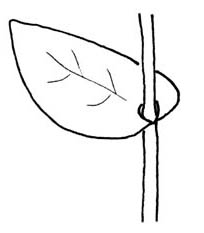 to emergentemergent:
to emergentemergent:
(adj) (syn. emersed) with parts raised out of the water; extending up out of the water
 herb
herb
Small orchid. Stem erect, unbranched. Roots or tubers fleshy. Leaves arranged along stem or clustered at the base and gradually reduced distally; leaf bladeblade:
(n) (syn. lamina) the flat, expanded part of a leaf, frond, or petal (excluding, e.g., the petiole)
 linear to lanceolatelanceolate:
linear to lanceolatelanceolate:
(adj) lance-shaped; widest point below the middle, tapering to the apex
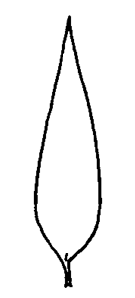 , ellipticelliptical:
, ellipticelliptical:
(adj) in the form of an ellipse (oval)
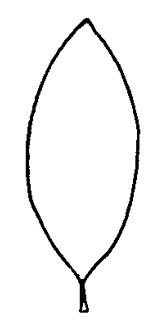 to ovateovate:
to ovateovate:
(adj) egg-shaped in outline; generally with the broad end at or near the base
 , spreading to erect; apexapex:
, spreading to erect; apexapex:
(n) the point farthest from the point of attachment; the tip (often pointed)
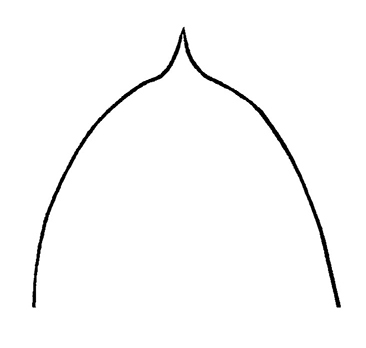 acute to acuminateacuminate:
acute to acuminateacuminate:
(adj) tapering gradually to a point and forming more or less concave sides
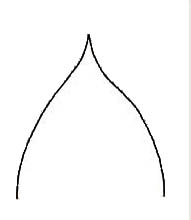 ; base sheathing; venationvenation:
; base sheathing; venationvenation:
(n) the arrangement of veins in a leaf
 parallel. Inflorescenceinflorescence:
parallel. Inflorescenceinflorescence:
(n) the arrangement of flowers on the floral axis
 a terminalterminal:
a terminalterminal:
(adj) at the apex
 , few to many-flowered racemeraceme:
, few to many-flowered racemeraceme:
(n) an indeterminate, unbranched inflorescence having pedicelled flowers on a usually elongated axis (may be cymose)
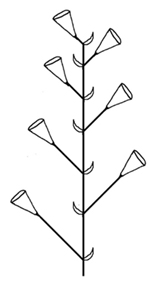 ; bracts lanceolatelanceolate:
; bracts lanceolatelanceolate:
(adj) lance-shaped; widest point below the middle, tapering to the apex
 , apexapex:
, apexapex:
(n) the point farthest from the point of attachment; the tip (often pointed)
 acuminate, green, usually shorter than the flowers; flowers ascending or curved outwards, often fragrant at night. Sepals 3, free, green; dorsaldorsal:
acuminate, green, usually shorter than the flowers; flowers ascending or curved outwards, often fragrant at night. Sepals 3, free, green; dorsaldorsal:
(adj) (1) of the back of an organ or the side turned away from the axis (syn. abaxial) (compare ventral); (2) in thallose plants (e.g. liverworts); of the upper surface
 sepalsepal:
sepalsepal:
(n) a member of the outer envelope of a flower (calyx)
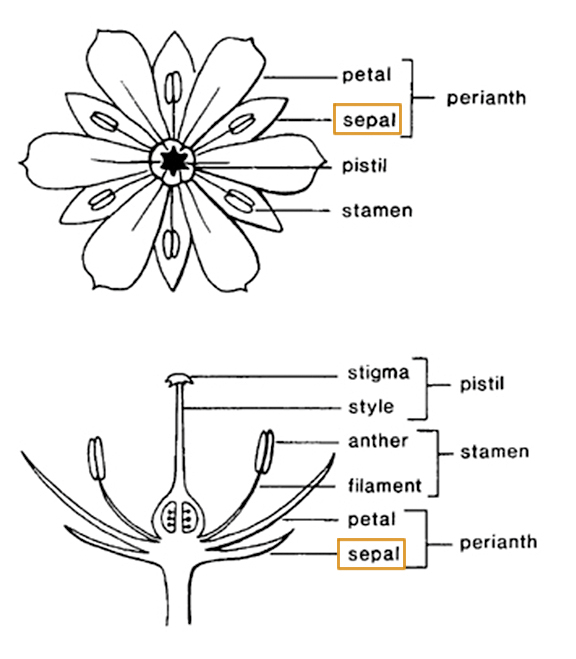 often forming a hood with petals; laterallateral:
often forming a hood with petals; laterallateral:
(adj) on or pertaining to the side of an organ or structure
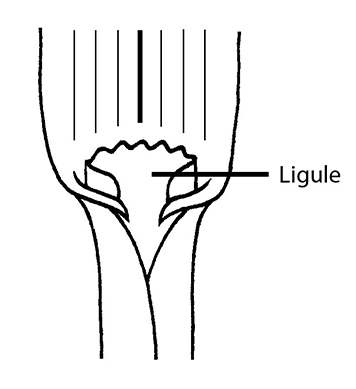 sepals spreading or deflexeddeflexed:
sepals spreading or deflexeddeflexed:
(adj) bent abruptly downward
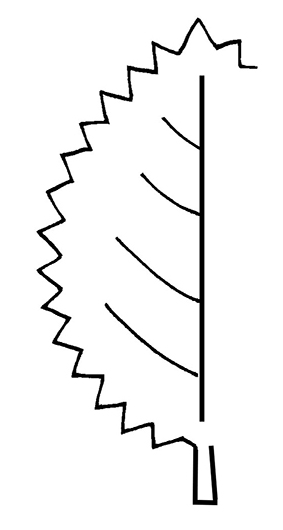 . Corollacorolla:
. Corollacorolla:
(n) the inner whorl(s) of the perianth; all the petals of a flower
 segments 3, typically green and/or white; laterallateral:
segments 3, typically green and/or white; laterallateral:
(adj) on or pertaining to the side of an organ or structure
 petals 2-lobed nearly to base, posterior lobe erect, ± adherent to the dorsaldorsal:
petals 2-lobed nearly to base, posterior lobe erect, ± adherent to the dorsaldorsal:
(adj) (1) of the back of an organ or the side turned away from the axis (syn. abaxial) (compare ventral); (2) in thallose plants (e.g. liverworts); of the upper surface
 sepalsepal:
sepalsepal:
(n) a member of the outer envelope of a flower (calyx)
 , often falcatefalcate:
, often falcatefalcate:
(adj) shaped like a scythe or sickle
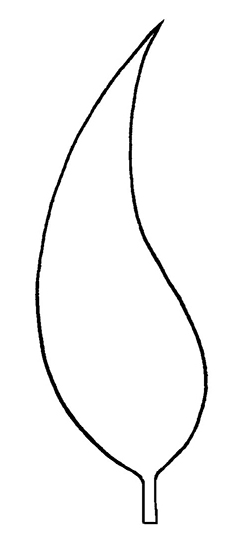 , anterior lobe curved upwards; labellumlabellum:
, anterior lobe curved upwards; labellumlabellum:
(n) in orchids, a central petal at the base of the flower, typically larger than the other petals and of a different shape
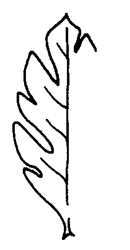 typically 3-lobed, less often entireentire:
typically 3-lobed, less often entireentire:
(adj) having a continuous margin that is not toothed or lobed
 , spurred at base, middle lobe deflexeddeflexed:
, spurred at base, middle lobe deflexeddeflexed:
(adj) bent abruptly downward
 , side lobes sometimes divided, may be velvety papillosepapillose:
, side lobes sometimes divided, may be velvety papillosepapillose:
(adj) bearing papillae
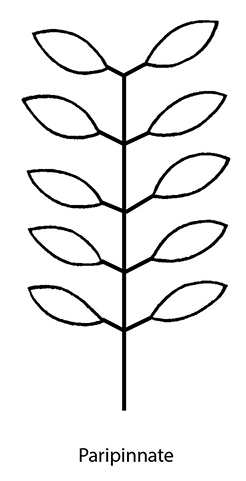 or pubescentpubescent:
or pubescentpubescent:
(adj) (1) covered with short, soft hairs; (2) bearing hairs
 .
.
along or in shallow standing or slowly running water; margins of streams, rivers and lakes, marshes, bogs, swamps and seasonally flooded grasslands
A large genus with over 800 species, the majority of which are terrestrialterrestrial:
(adj) growing on land as opposed to living in water
 in damp or wet sites. Habenaria contains a handful of semi-aquatic species; H. repens is truly aquatic.
in damp or wet sites. Habenaria contains a handful of semi-aquatic species; H. repens is truly aquatic.